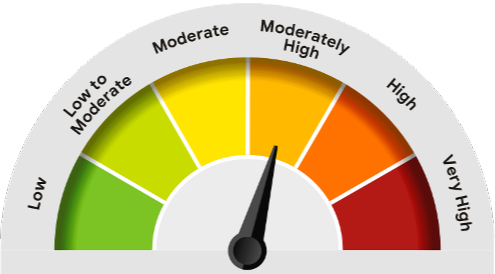Synopsis:
- Clarity in Costs and Performance: Separate disclosures for expenses and returns allow investors to compare direct and regular mutual fund plans more accurately.
- Easy Risk Assessment: SEBI’s colour-coded risk meter helps investors visually gauge the risk level of mutual fund schemes.
- Consistent Notifications: Any risk changes require immediate notification to investors, enhancing transparency.
- Uniform Disclosure Standards: AMFI’s standardized formats will make mutual fund information uniform and accessible.
The Securities and Exchange Board of India (SEBI) has introduced new guidelines to enhance transparency in mutual fund investments. These updates require fund houses to provide clear, separate disclosures for direct and regular plans in their half-yearly financial results, including specific details on costs and performance. The goal is to help investors make informed decisions by clearly presenting costs, returns, and risks.
Key Components of SEBI’s Guidelines
Separate Reporting for Direct and Regular Plans:
- Expense Disclosure: SEBI now mandates that mutual funds report total recurring expenses separately for direct and regular plans. Direct plans, which are bought directly from asset managers without intermediary fees, generally have lower expense ratios than regular plans.
- Performance Metrics: Returns for the past six months and compounded annualized yields must be disclosed separately for each type of plan, enhancing transparency.
Get priority access to the latest updates, tips, and special announcements. Join our WhatsApp channel to always stay ahead.
New Color-Coded Risk Meter:
SEBI has introduced a color-coded system for the existing risk-o-meter, representing risk levels from “low” to “very high.” The colors are:

- Low Risk: Irish Green (often a shade of Light Green)
- Low to Moderate Risk: Chartreuse (Yellow-Green)
- Moderate Risk: Neon Yellow (Bright Yellow)
- Moderately High Risk: Caramel (Light Brown)
- High Risk: Dark Orange (Deep Orange)
- Very High Risk: Red (Red)
- This visual approach makes it easier for investors to identify the risk level associated with each mutual fund scheme, aiming to improve risk assessment.
Notification Requirements for Risk Changes
If a fund’s risk level changes, mutual fund houses must notify investors by sending a notice-cum-addendum, along with an email or SMS alert. Notifications must display both the current and new risk ratings, ensuring investors are promptly informed of any increased or decreased risks in their portfolios.
Standardized Disclosure Formats
SEBI has tasked the Association of Mutual Funds in India (AMFI) with creating standard formats for these disclosures to ensure consistency across the industry, allowing investors to easily compare information.
Implementation Timeline
These new guidelines are set to take effect on December 5, with fund houses required to adhere to the updated reporting and communication standards moving forward.



